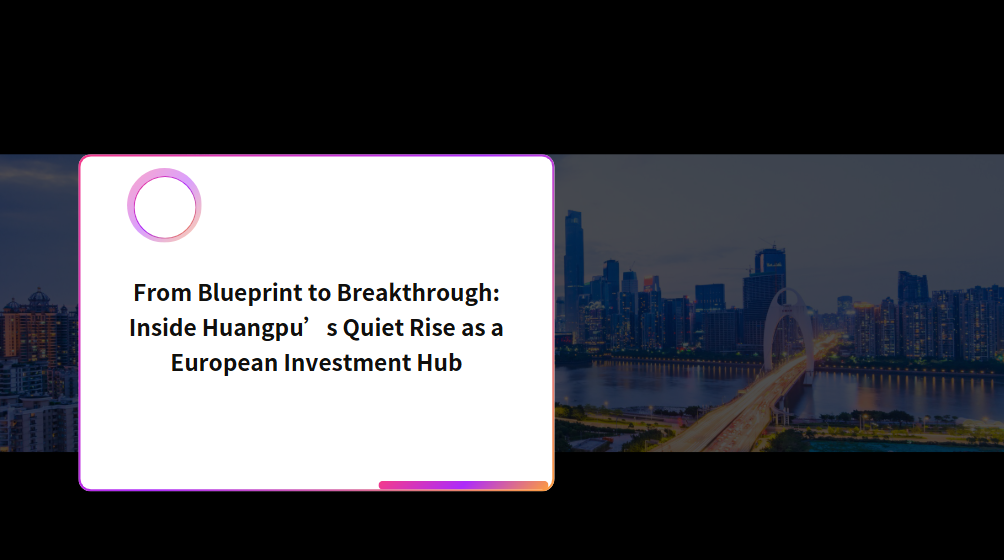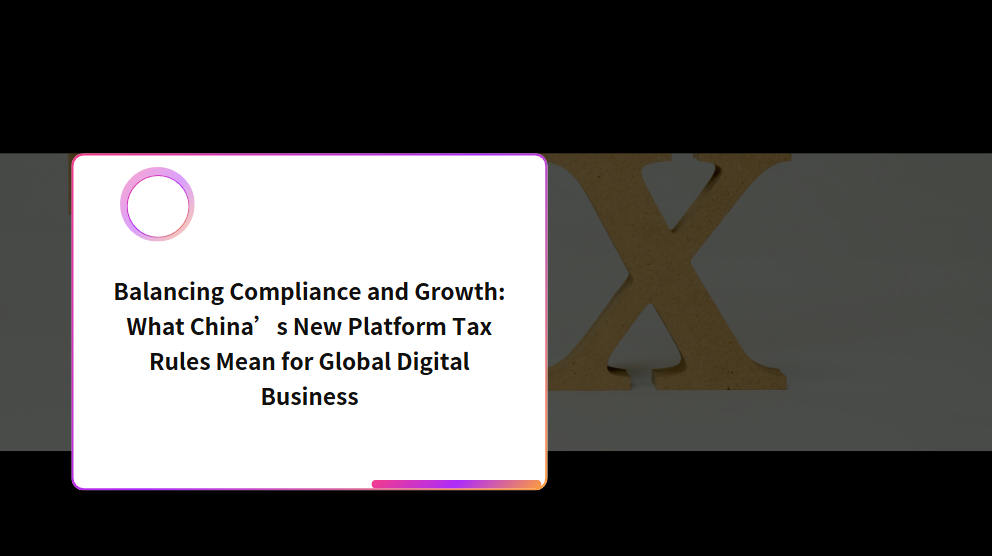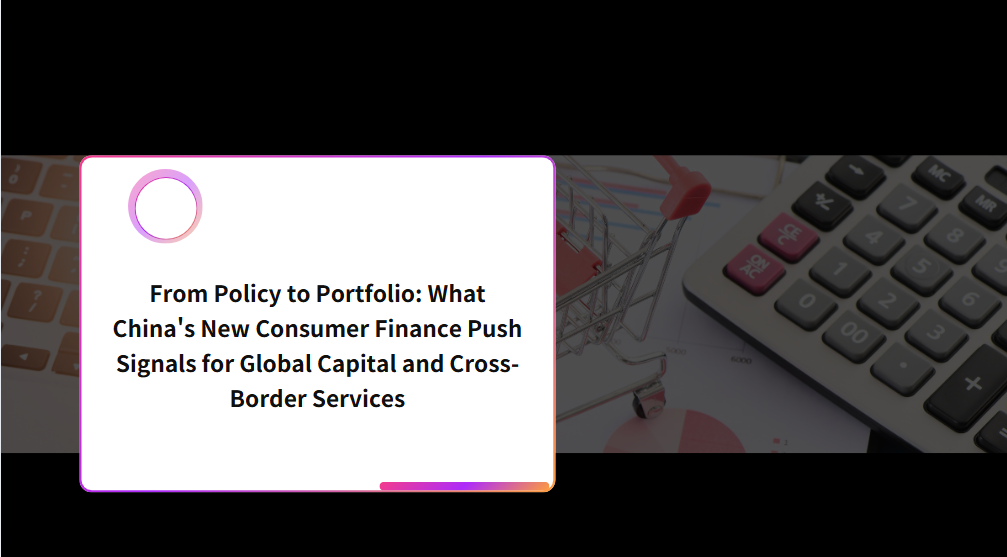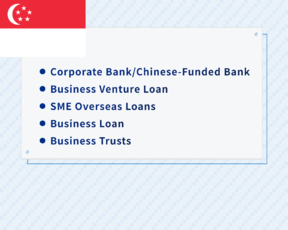Orchestrating Reform: How SSE is Engineering a Smarter Capital Market
As China's capital markets evolve, the Shanghai Stock Exchange (SSE) is moving beyond incremental reform—toward a structural transformation that aims to better align investment and financing. At the 2025 Lujiazui Forum, SSE Chairman Qiu Yong outlined a four-pillar strategy to enhance stability, accelerate innovation, and deepen market coordination. The initiative reflects a broader ambition: to reposition Shanghai as a globally competitive capital hub.
STAR Market: Turning Reform into Scalable Innovation
Since its inception six years ago, the SSE STAR Market has emerged as a bellwether for China's tech-oriented capital reforms. In 2024, total R&D investment by STAR-listed firms reached RMB 168.1 billion—over 2.5 times net profits. Median R&D intensity stood at 12.6%, outpacing A-share averages. Over 120,000 invention patents have been granted since launch.
STAR Market reform has also extended to debt financing. In 2024, sci-tech innovation bond issuance exceeded RMB 1.1 trillion, pushing its corporate bond market share from 5.2% to 9.2%—a sign of maturing dual-track financing.

M&A: From Tactical Deal-Making to Strategic Restructuring
The SSE is increasingly viewing M&A as a structural tool rather than a tactical maneuver. In 2024, more than 700 restructuring plans were disclosed—a 50% rise year-on-year. Major deals surged to 60, with 70% targeting high-growth sectors like semiconductors and new energy. In early 2025, major asset restructurings more than tripled.
The exchange aims to strengthen mechanisms and streamline reviews to support deals involving high-potential, pre-profit companies. This shift aligns with China's goal of replacing legacy industrial engines with new productive forces.
Valuation, Returns, and Market Depth: The SSE Investment Case
Companies listed on the SSE generate 70% of total A-share revenue and 80% of net profit. In 2024, main board firms delivered RMB 49.6 trillion in revenue and steady profit growth. STAR Market companies posted RMB 47.5 billion in net income, with 50% showing annual gains.
Dividends reached a record RMB 1.9 trillion, with RMB 300 billion disbursed before the Spring Festival. Shareholder buybacks and insider purchases topped RMB 110 billion. The three-year average dividend growth rate is 15%, with a 3.5% yield—competitive globally.
Attracting Long-Term Capital, Not Just Liquidity
ETF market value doubled to RMB 3 trillion in 2024. Long-term institutional holdings rose 33%, led by pension and insurance funds. To support sustainable inflows, the SSE is building a more comprehensive ETF ecosystem, expanding bond markets, and strengthening options infrastructure. It is also developing Chinese equity indices that can resonate with global asset allocators.
Qiu Yong's Four Strategic Axes
Chairman Qiu's vision centers on building a coordinated ecosystem for investment and financing, structured around four priorities:
Reinforcing Market Stability
The SSE will sharpen its risk monitoring tools, enhance supervision, and guide market expectations. It also plans to support listed firms in leveraging monetary tools to maintain orderly market function.
Revamping the STAR Market
A more inclusive framework is in development—encompassing flexible listing standards, refined tech enterprise screening, and enhanced pre-IPO engagement. This aims to accelerate the listing of next-generation tech firms.
Activating the M&A Channel
Implementation of the “Six Opinions on M&A” and revised review standards will lower barriers and speed up strategic transactions, particularly those involving distressed but valuable assets.
Institutionalizing Long-Term Capital
To solidify a "long-term capital for long-term value" ecosystem, the SSE will improve product variety, support ETF innovation, and elevate domestic indices—complementing Shanghai's push to become a global financial, trade, and innovation center.
Global Relevance: Implications for International Investors
For cross-border investors, the SSE's strategy presents clearer entry points into China's evolving capital landscape. With stronger governance, product diversification, and emphasis on long-duration capital, the environment may prove more attractive to institutional allocators, venture funds, and corporate dealmakers.
China's reforms—though rooted in domestic imperatives—may offer a replicable model for other emerging markets. The SSE's focus on long-termism, innovation capital, and strategic consolidation marks a critical step toward a more integrated global financial system.
Disclaimer:This article is for informational purposes only and does not constitute investment advice.












































First, please LoginComment After ~